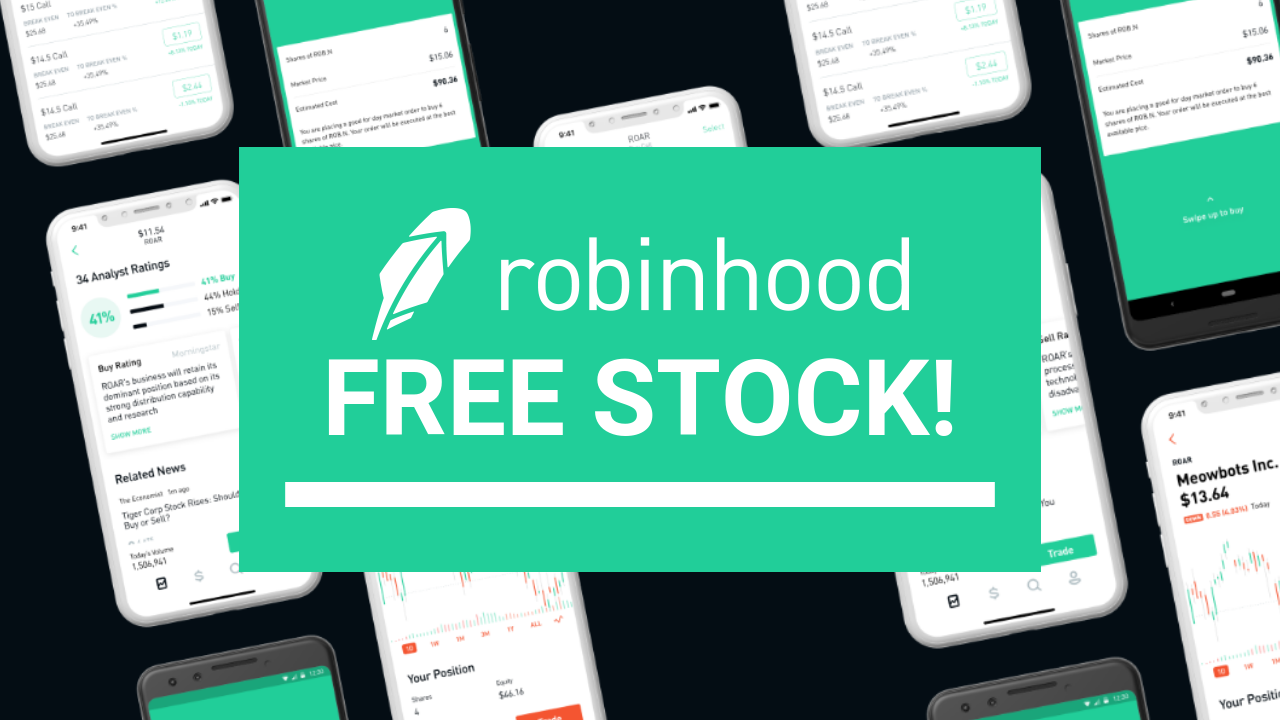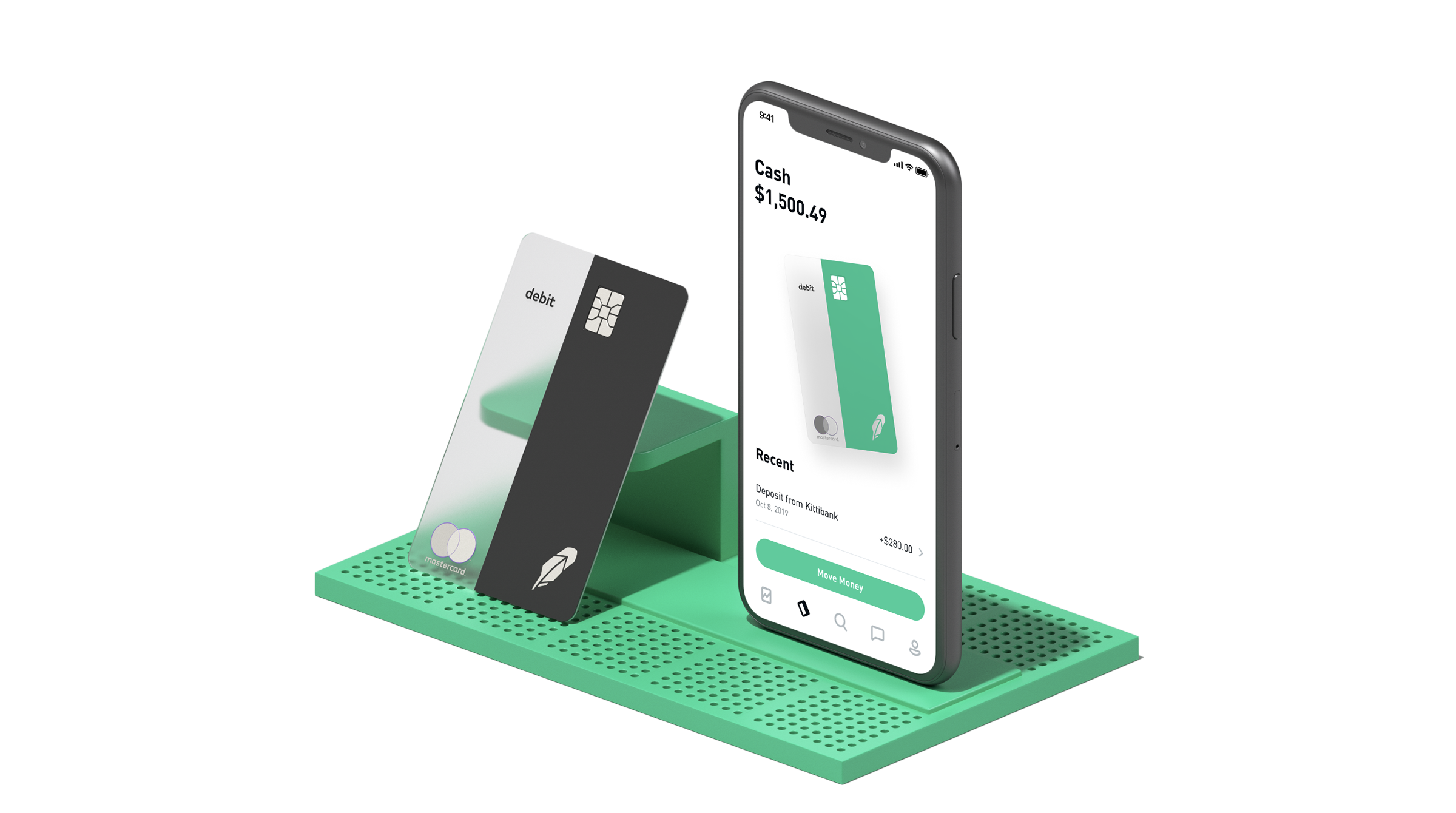Trading and investing in forex, stocks and commodities markets
The path of becoming a trader
Most of the people who decide to become a trader begin with reading books on technical analysis. People like it because it is simple to understand. It consists of different methods used by many traders throughout the past century. One of the classic ways to predict the price movement is to use the continuation and reversal patterns. More important ones are reversal patterns which are called double top, triple top, head and shoulders, and spikes. Continuation patterns look like zigzags with the higher tops and the higher bottoms on an uptrend. These rules can be applied to any chart but unfortunately they won’t give a trader the exact entry and exit levels. It is very important to combine different trading approaches to find a good entry. Overall, this method of technical analysis is called trading charts and it is very popular among traders.
The next step would be to learn everything about trend lines, channels and fibonacci retracements. These instruments provide a trader with a range of good entry and exit opportunities. The trend line is the most important tool for a technical trader. It is not possible to predict what specific trend line would hold the price from falling but sometimes all of them are clustered in one area. This area is a perfect place to enter the market because all other traders would see exactly the same picture. On the other hand, when the market looks sliced and there are no obvious trends then it is better to avoid trading. Channels represent parallel trend lines drawn on the other side of the price action. These lines serve as additional support and resistance levels. Fibonacci retracements are useful after spikes in the market. Every sharp move made by the price usually retraces to one of the popular levels 23.6%, 38.2%, 50%, and 61.8%. All of these technical tools can be mixed up to strengthen the support or resistance level.
There are also a variety of indicators available to a trader. However, indicators are not as popular as they were before. Indicators use a lot of variables to draw them and that is why it is hard to find out exact variables which use other traders. However, there are some indicators that still can be useful. One of them is called moving average and the second one is the stochastic indicator. When the price gets under 200 days simple moving average that usually means that there is a downtrend in the market and when it gets higher then there is an uptrend. In an uptrend, it is best to open only long positions (buys). The stochastic indicator tells a trader when the market is relatively oversold or overbought. One of the simplest strategies that still makes sense is to buy when stochastic is oversold and the price is higher than the 200 days average. The profit should be taken when the price hits the overbought area. Stop loss can be placed under the 200 days moving average.
For a price action to change its direction most of the traders should click buy at the same time. This is happening when news comes out or when the price hits a cluster of many technical levels. If trading is made by hand then it is best to use the daily candlestick chart. For a better entry, smaller time frames can be used but it is essential to see the overall picture and hold the positions for a long period of time.
There is one more technical analysis that is very popular nowadays. It is called statistical analysis and it is used by most of the automatic trading platforms. The beauty of these robots is their ability to make high-frequency trades based on the edge that is programmed into the so-called expert advisor (EA). Even one pip of profit made by any particular trade can create a stable income for a trader. It is very hard and maybe even impossible to trade these small edges by hand. Here is an example of the EA based on the eur/usd currency pair. On the daily chart a new candle appears at midnight. The EA would look if the previous candle closed higher or lower than its opening price. If the candle closed higher then it is more profitable to open a sell order than a buy order. In this case EA would close a previous buy order if there was one. The reversal strategy should be applied if the previous candle closed lower than its opening price. This strategy uses a very small edge that is enough to return a spread and make a few percentages of profit in a year’s time.
People by nature are very curious and it gives them an incentive to further study the markets and improve their trading system. The most extensive type of analysis is the fundamental analysis. All of the key events that take place in the world are reflected in the charts. Typically, a single event drives all the financial markets at once. For example, a better than expected GDP growth in Europe would raise the shares of the European companies, it would raise the euro, and it would lower the European bond prices. The economic growth would force people to move away from safe bonds because the profit there would be lower than the purchase of the European shares during the economic boom. The market takes into account both technical and fundamental analysis so in order to succeed they need to complement each other. The success of a trader depends on his ability to adapt to the market. It is impossible to say how the market would move if its behavior in previous similar situations is unknown. What is important is to understand why the market behaved in a certain way when news came out and not vice versa. The knowledge of economic theory can play a bad joke with a person because sometimes it is hard to find the logic beneath these movements. Trader should rely on the past movements much more than on macroeconomic theory. It is the price action that makes money for a trader, but not the dry economic theory.
In : 848FINACE
Tags: trading and investing in forex stocks and commodities markets

























